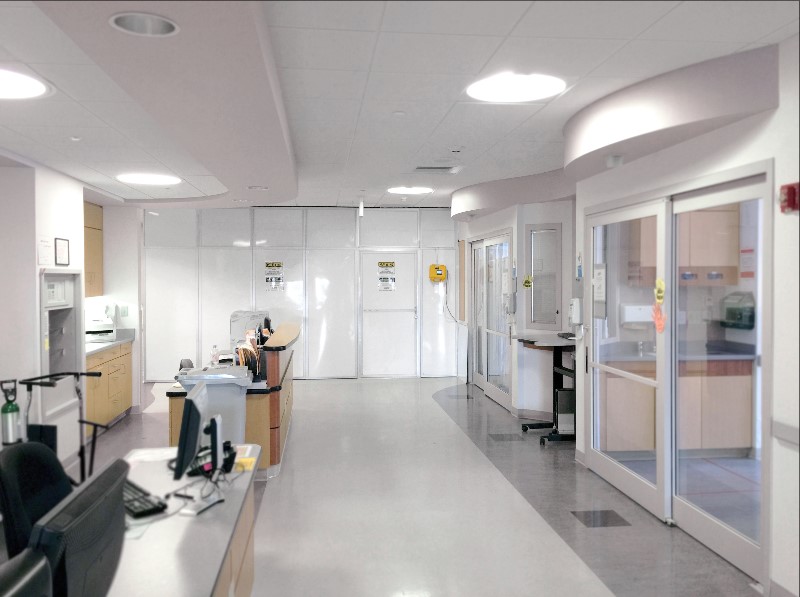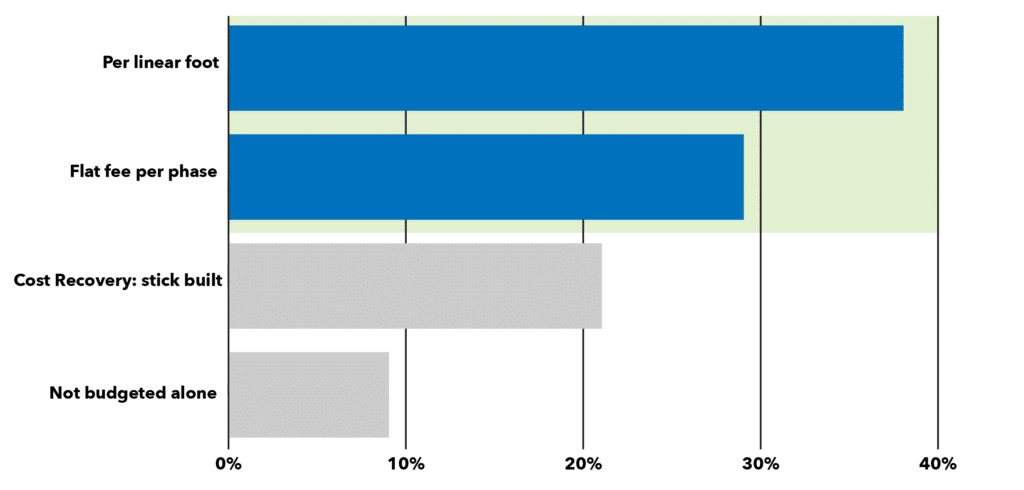
Temporary wall systems provide a range of advantages for construction and renovation projects. From quick installation to reduced cleanup and disposal, these solutions offer unmatched efficiency and convenience—especially high-quality systems like STARC’s. Their durable wall panels and components create opportunities to maximize project profitability.
While safety improvements and reduced disruption are critical benefits of temporary wall systems, there’s even more value to uncover. Savvy competitors are thinking beyond cost recovery and leveraging superior ICRA wall recommendations to win more bids.
Here’s how they’re boosting project profits:
Reduce Labor, Materials & Waste
Prefabricated modular wall systems let you achieve more with less. For instance, STARC’s RealWall™, LiteBarrier™, FireblockWall™, and StackBarrier™ systems offer significant labor and cost advantages:
- Two workers can install 100 feet of wall in an hour.
- Walls can be reconfigured to accommodate multiple project phases.
- Airtight* enclosures contain dust and debris, ensuring safety and cleanliness.
- Safer worksites reduce injuries, work stoppages, and equipment damage.
- Clean, organized job sites boost worker productivity by minimizing distractions.
- Durable, reusable modular walls recapture investment after 3-5 uses and last for hundreds of jobs over years.
*Air flows in the desired direction when supported and connected to negative air machines.
These interconnected benefits—efficiency, safety, and reusability—maximize return on labor and ROI.
Charge Fees for Added Value
Why stop at cost recovery? High-quality temporary walls deliver better project and patient outcomes, defining added value.
In healthcare renovations, for example, hospitals participate in the HCAHPS survey, a national tool measuring patient perspectives. Excellent survey results improve Medicare reimbursements, supporting financial health. Cleanliness and quietness directly impact patient satisfaction, making modular temporary walls an essential solution.
These temporary wall systems safely contain airborne dust, minimize noise, and reduce waste. They install quickly, minimize staff interruptions, and keep areas operational longer. No wonder many owners are willing to pay for solutions that prioritize patient experience.
STARC survey respondents confirm this: well over half charge containment fees, either per linear foot or as a flat fee per phase.

Boost Patient Satisfaction With Temporary Walls
Patient happiness drives hospital reimbursements, with satisfaction metrics like the HCAHPS survey playing a major role. Modern renovation demands safer, faster, and less disruptive solutions than old methods like plastic sheeting or on-site wall construction.
Enhanced hospital environments also elevate satisfaction with other services, such as nursing, food, and housekeeping. According to the white paper Remediation, Restoration, and Renovations: Maintaining a Patient-Centered Environment with Temporary Modular Wall Containment Systems, improved spaces correlate with better overall patient experiences.
Hospitals must also mitigate risks like healthcare-associated infections (HAIs). For example, nosocomial aspergillosis has been linked to environmental disruptions, including hospital construction. Too many HAIs can reduce incentive-based reimbursements under CMS programs.
To meet these challenges, project managers and contractors are increasingly turning to proven-in-the-field temporary construction wall systems. These solutions not only protect patients and maintain operations but also enhance project profitability.
For more on how STARC’s temporary wall systems can help you win more bids and achieve beyond cost recovery, talk to one of our specialists today.
